A Garden for the Senses (Part 2)
In the previous issue, we introduced the concept of a sensory garden – one designed to offer a richer, wider range of sensory experiences, by incorporating various elements geared to stimulate our five senses.
Some people might think that a sensory garden is meant for therapeutic purposes, that is, it is the same as a therapeutic garden, which uses plants and plant-related activities in improving the well-being of users. To clarify, a therapeutic garden is actually specifically designed to meet the needs, be it physical, psychological, or social, of a target group of garden users such as those with physical disabilities. The sensory elements used in such a garden will cater to those identified needs.
A diagrammatic representation of the relationship between gardens in general, and therapeutic and sensory gardens
In part one, we looked at how a garden can be designed to stimulate the senses of sight, smell, and sound. In this second and final part of the series, we shall cover touch and taste.
Touch
To engage the sense of touch, grow plants with parts that have different interesting shapes and surface textures! For instance, Tetracera scandens, also known as the Stone Leaf plant, has leaves with a sandpaper-like texture. Found in Peninsular Malaysia, it grows as a vine or shrub. Apparently, its leaves are traditionally used to smoothen wood and even polish small metal items!
Another visually and texturally interesting plant would be the Cow’s Udder Plant (Solanum mammosum). You may be familiar with this, as it is commonly used as a Chinese New Year decoration. This relative of tomatoes and potatoes has velvety leaves, purple flowers with ‘furry’ petals, and orange fruit shaped like cow’s udders that can last for months. Notably, this plant is poisonous, and has thorns on its stem
The stem, leaves and flowers of the Cow’s Udder plant (Solanum mammosum) (left) and its fruit (Photo credit: Jessica Teo)
When choosing plants for people to feel, do take care to avoid those which may cause injury, like plants with extremely sharp thorns along their stems, or leaves that induce rashes.
Taste
Having edible plants in your garden allows people to explore the sense of taste! Apart from fruit trees and garden herbs, here are three other plants you can consider growing.
Naturally found in Brazil, Stevia (Stevia rebaudiana) has edible sweet leaves, which is why the plant is also called the Sugar Leaf plant. The sweetness comes from naturally occurring glycosides such as stevioside which, gram for gram, reportedly tastes 200 times sweeter than the same amount of granulated table sugar. As such, Stevia is becoming increasingly popular nowadays as a natural sweetener.
Stevia (Stevia rebaudiana) (Photo credit: Boo Chih Min)
Then there is Bitterweed (Andrographis paniculata), also known as the King of Bitters. This plant is so bitter that the taste lingers at the back of your mouth after you’ve eaten it, like the taste of medicine! It is well known in traditional Chinese medicine as “cooling” though, and can be used as a fever remedy. It can grow to be quite messy, and requires maintenance.
Bitterweed (Andrographis paniculata) (Photo credit: Vicky Lim)
In recent years, you might have seen or drank the red-hued Roselle tea. That is made from the bright red flowers (calyxes) of the Roselle plant (Hibiscus sabdariffa), with a tart taste that is likened to cranberries. The fresh or dried calyxes can be eaten directly, made into jam or brewed into the drink, which some say is reminiscent of the blackcurrant-flavoured Ribena drink.
Creating a Combined Sensory Experience
As you can see, there are many plants that can engage more than one sense at the same time, like those with flowers that both look and smell nice. Not only can your sensory garden engage the various senses on its own, you can also conduct some fun activities that combine and thus create a whole new multi-sensory experience! For example, have your friends and family make their own flower salads, using ingredients picked from your garden! Some plants that could go into the salad include:
- Flowers of Sweetscented marigold (Tagetes lucida), which taste like tarragon.
- Flowers of Basil (Ocimum basilicum), other than using its leaves in cooking
When picking the flowers, you get to enjoy the pretty colours, the different scents or interesting textures of the various plants and tasting the salad lets you experience a mixture of flavours of your own creation!
How you can create and enjoy your sensory garden is really only limited to your imagination. If you would like to learn more about the suggested plants, as well as other species you may encounter in other gardens, check out NParks Flora&FaunaWeb!
Text by Thaddaeus Chong


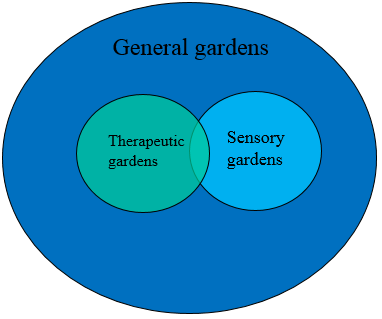
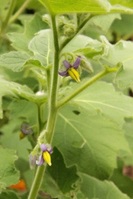
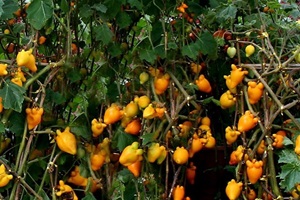
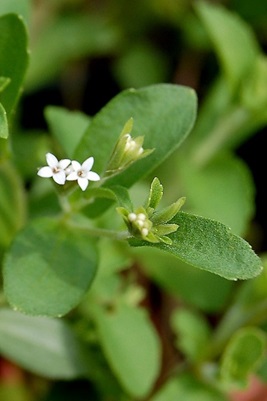
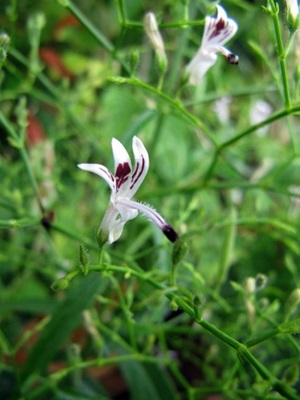
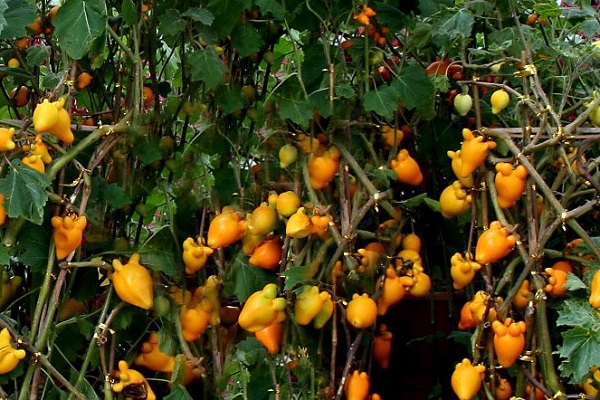
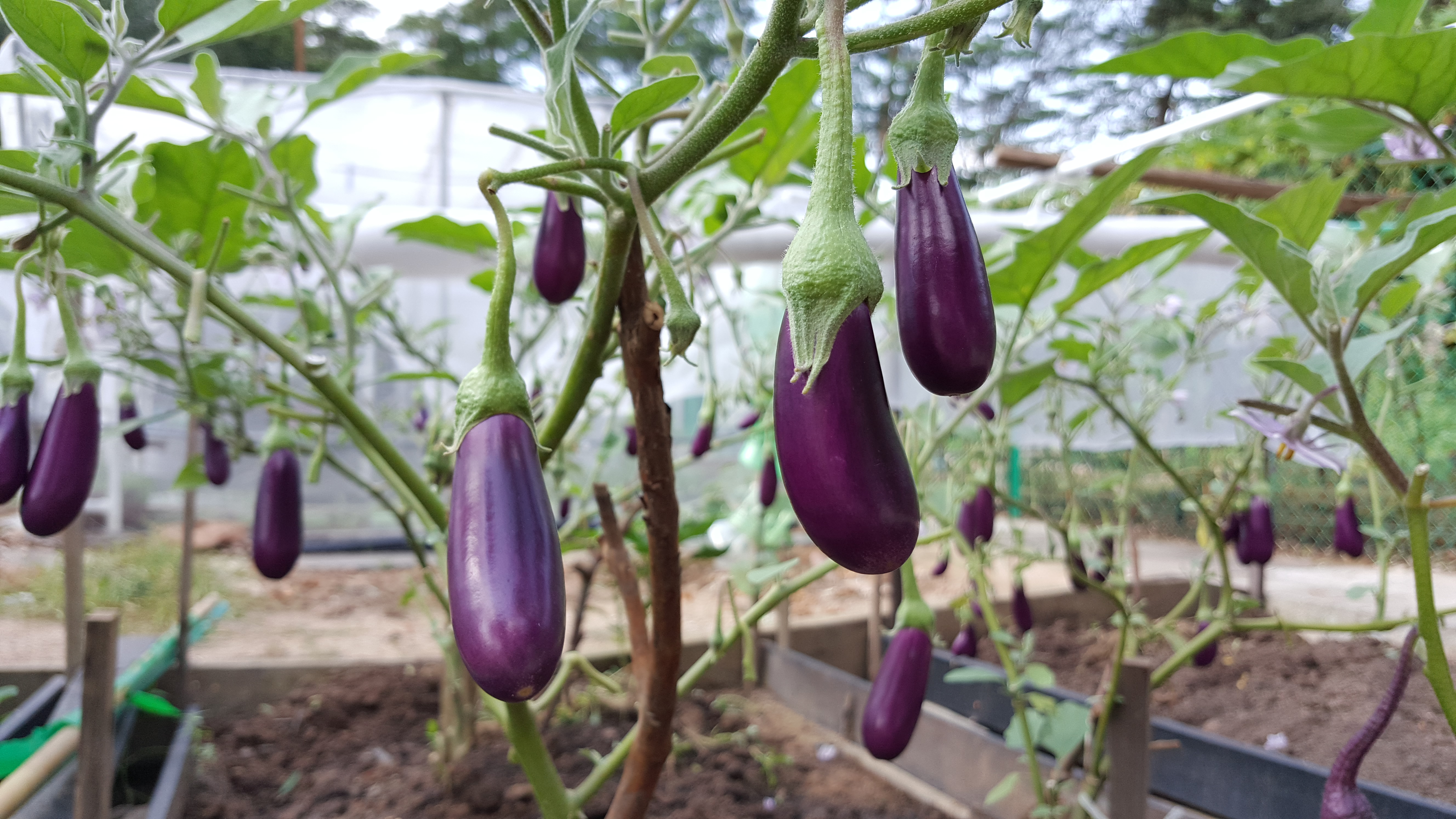
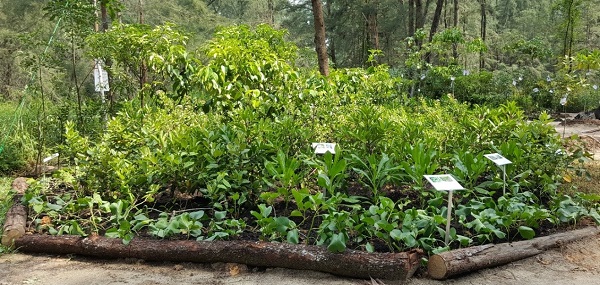
Have views or comments on this article? Let us know via this form. If you would like to give us feedback on any other areas relating to our parks and gardens, please submit via https://www.nparks.gov.sg/feedback